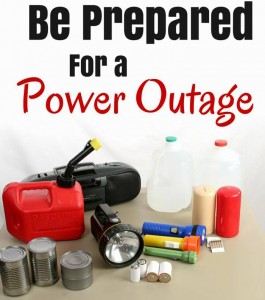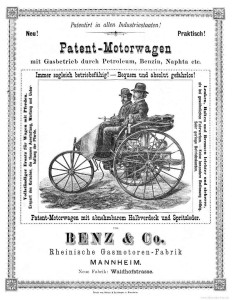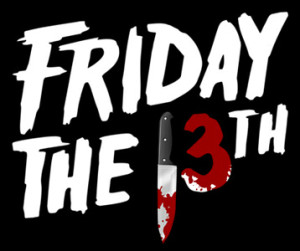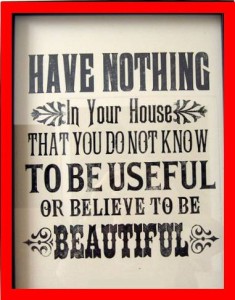Face it, your grandkids already think you are nearly as old as Methuselah. Reader’s Digest suggests that if you use any of the 10 terms listed below they might be right!
Dungarees
Today, we call them “jeans,” but people once referred to pants made out of heavy denim as “dungarees.” The name comes from a cheap coarse type of cloth imported from Dongari Kilda, India. The word “dungaree” eventually transformed into “jeans” when clothing manufacturers began importing the cloth from Genoa in Italy, which is referred to as “Genes” in French. Despite its antiquated terminology, you still might periodically hear old timers referring to heavy work pants as dungarees.
Floppy disk
If you used a computer in the 1980s and ’90s, chances are, you used a square floppy disk for file storage. As CDs became more ubiquitous, the need for floppy disks faded away, so much so that computer makers stopped manufacturing computers with built-in floppy disc drives. Asking a colleague to save something on a disk will certainly make you sound old, as tiny “thumb” or “flash” drives have since replaced bulkier storage media.
Grody
In the 1980s, California subculture – in particular, “Valley Girl” speak, began to spread east and into the vocabularies of teens across the country. Words like “grody,” a synonym for “gross” or “revolting,” became commonplace, much to the chagrin of parents everywhere: “Did you see Bridget’s new outfit? It’s totally grody to the max!”
Groovy
The origins of this word date back to the jazz age of the 1920s, when it started as a slang term for good music – found “in the grooves” of a vinyl record. It gained widespread prominence during the 1960s and ’70s, when it was used as a synonym for “excellent” or “cool.” By the 1980s, the word was pretty much out of fashion. Today, if you refer to someone or something as “groovy” (without a hint of sarcasm, that is), you’ll sound anything but hip.
Icebox
Before people had refrigerators, they used to keep food cold by placing it in iceboxes, which, quite literally, were insulated metal or wood boxes that held large blocks of ice. Once home refrigerators became more commonplace in the 1930s and 40s, iceboxes were no longer necessary. For those older folks who grew up without mechanical refrigeration, however, the word “icebox” is forever etched in their vernacular.
Pocketbook
This European word dates way back to the 1600s, when it was used to describe a small bag used to carry coins. The name comes from a small book that used to be carried in one’s pocket, and also held bank notes and money. While your grandmother might still use the term, younger women tend to call their bags “purses” or “handbags.”
Stewardess
In the early days of air travel, a woman who attended to her passengers’ needs was called a stewardess. As years went on, the term took on a negative connotation, because of the restrictive emphasis put on the way women looked. As more men entered the profession, and as women fought back against gender bias in the 1960s and 1970s, the term was replaced with the more gender-neutral title of “flight attendant.”
Tape
If you came of age in the 1980s, chances are you still use the word “tape” when it comes to recording your favorite music or TV shows, as in, “I’m not going to be home tonight to watch ‘60 Minutes.’ Could you tape it for me?” With the advent of digital media, there’s obviously no longer a need to record anything on magnetic tape, but old linguistic habits die hard.
Whippersnapper
This word, which is an alteration of the term “snippersnapper,” first appeared in the 1700s, making it abundantly clear that even our earliest ancestors were easily annoyed by petulant children. In its more modern form, the term relates to an overconfident child or young person who acts more important than he or she actually is: “That clueless whippersnapper doesn’t know a darn thing about life!”
Xerox
Xerox launched its first commercially available copy machine in the 1960s. Due to its rapid success, the brand name Xerox soon became interchangeable with the word “copy,” much like the brand Kleenex has become synonymous with “tissue.” Today, there are many new printing machines, and most workers refer to making copies as making copies. Therefore, if you ask a younger coworker to “Xerox” a document for you, you might be met with a blank stare.






